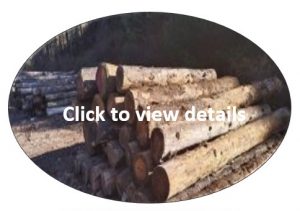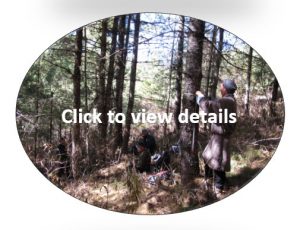CENTRES
A. Centre for Forest Science and Technology
- Spearhead and conduct scientific research relevant to forest science and technology with the main focus on forest biology, silviculture, physiology ecology, dendrochronology, forest management, forest economics, forest modelling and policy science.
- Provide or facilitate trainings on Community Forestry (CF) management, sustainable timber management and utilization, Non-Wood Forest Produce (NWFP) management and utilization, forestry resource assessment, forest-based enterprises, and wood technology
- Liaise with relevant agencies to ensure research and technology relevance and adoption.
- Conduct research on high value NWFP and trial ex-situ domestication for temperate and alpine species
- Curate Dendrochronology and plant museums.
- Spearhead research on forest insect of economic importance and other abiotic factors like climate change vis a vis insect outbreak and range shifting.
- Besides insect and climate change related forest disturbances, the center will also conduct research on other biotic and abiotic disturbances such as fire, grazing, pathogens and wildlife herbivory.
- Conduct training on forest insect pest and pathogens
- Document forest insect and its distribution in Bhutan
- Increase awareness and disseminate information on forest pest and disease
- Curate entomology museum.
- Lead research on application of GIS and Remote Sensing in the field of forestry and wildlife conservation.
- Implement NASA GLOBE (Global Learning and Observation to Benefit the Environment) program in Bhutan.
B. Centre for Conservation
- Lead and conduct research on wild flora and fauna, wildlife biology and ecology, conservation science and policies, protected area management and human-wildlife interactions and wildlife migration.
- Provide trainings on biodiversity assessment and monitoring, conservation planning, protected area management, wildlife management, wildlife health and diseases, nature guides, and ecotourism and tracking wildlife through radio telemetry.
- Mainstream research finds into wildlife management policy framework for effective wildlife conservation
- Promote new technologies and analysis methods for effective wildlife research and human wildlife mitigation
- Conduct surveys and evaluate the effects of climate change on wildlife species
- Promote emerging and cutting-edge technology such as eDNA in monitoring of biodiversity (Wildlife)
- Curate digital natural history museum and ethnobiology museum
C. Centre for Education and Capacity building
- Schedule and make operational plans for the Professional forestry certificate programs and thematic professional trainings offered at the institute.
- Develop, validate and endorse the curriculum, coordinate and conduct nature guide training and other nature skilled based training
- Facilitate linkages with other research groups and universities in Bhutan and abroad to promote collaborative research and international linkages.
- Facilitate Internship and foreign exchange program at the institute to promote international linkages to support knowledge and technology transfer
- Organize research seminar and conference for disseminating research knowledge.
- Provide trainings on application of technology in forest survey and remote sensing. Particularly the use of drones.
- Process research clearance for conduct of forestry research in State Reserved Forest Land.
SUB-CENTRES
A. Non-Wood Forest Products and Agroforestry sub-centre, Darla
- Conduct research on high value NWFP and trial ex-situ domestication for subtropical species
- Conduct research on agroforestry systems as an alternate livelihood option in the human-wildlife Conflict Hotspot
- Monitoring of forest ecosystem dynamics through establishment of long-term ecological monitoring plots
- Serve as tree nursery for high value sub-tropical agroforestry
B. Sub-tropical forestry technology sub-centre, Gelephu
- Conduct research and generate technologies on highly valuable tree such as Aquilaria sp.
- Conduct research on the sub-tropical broadleaved forest and promote technologies related to commercially viable timber and bamboo species in the sub-tropical region.
- Provide technical assistance and support to forest dependent communities through transfer of scientific knowledge and appropriate forest-based technologies.
![]()









